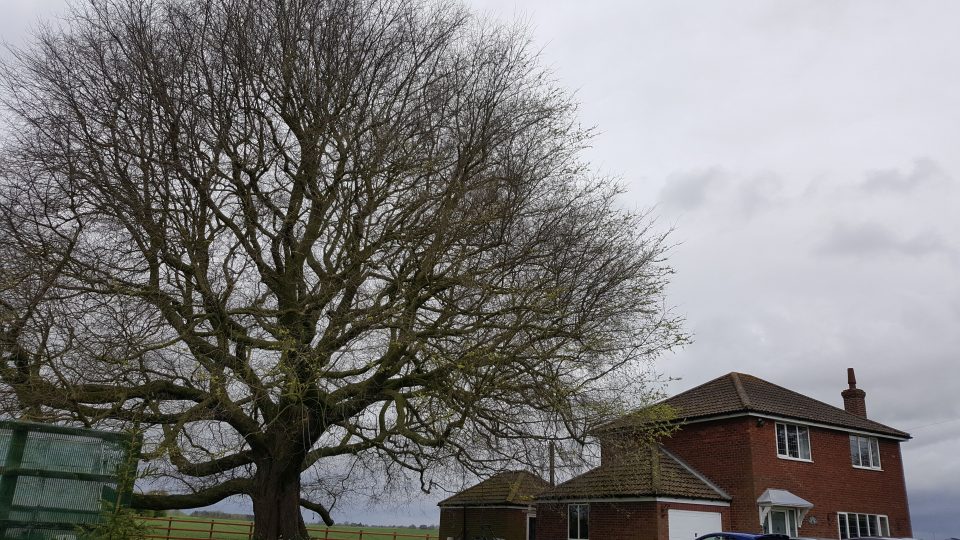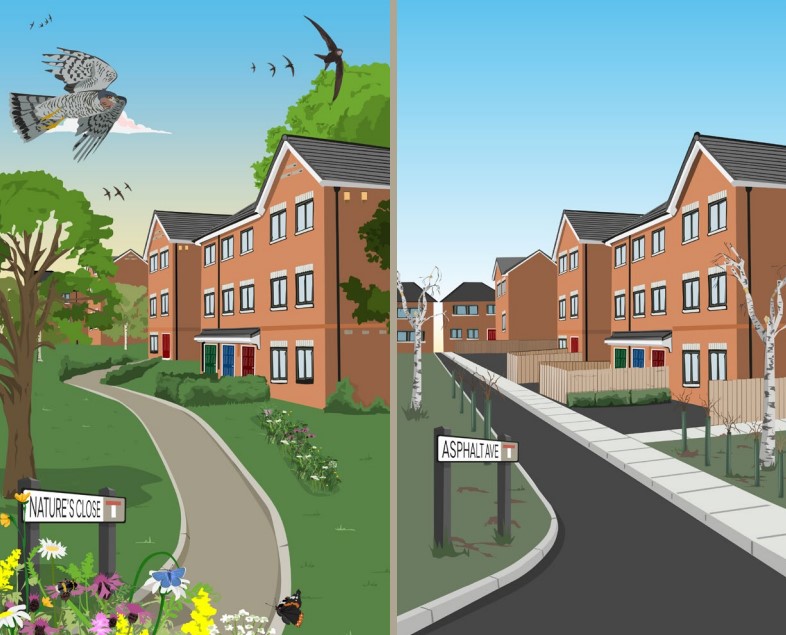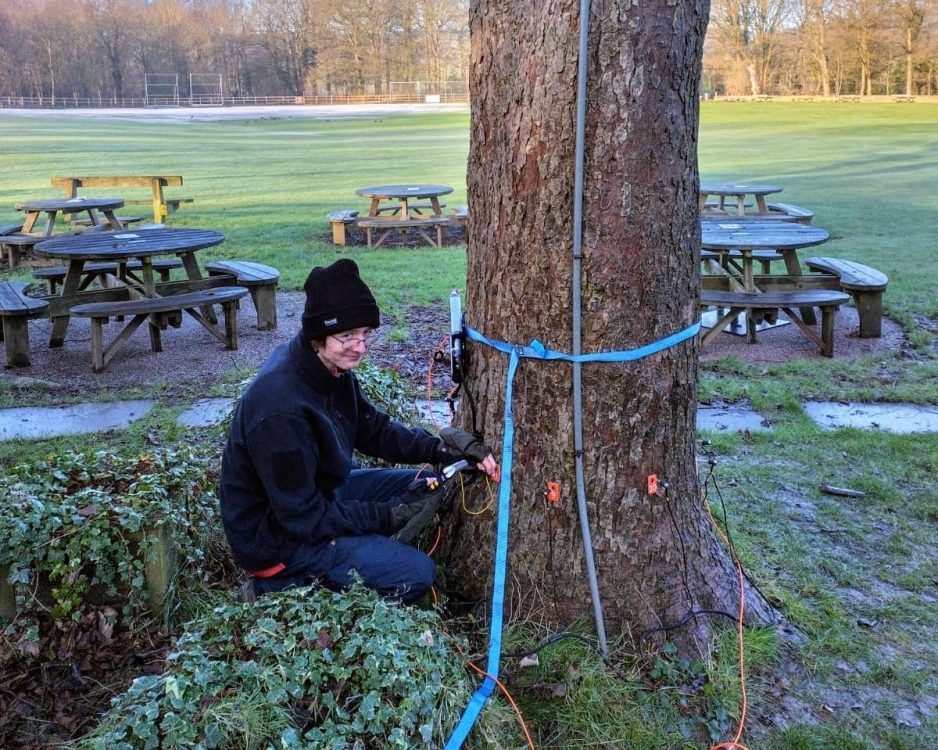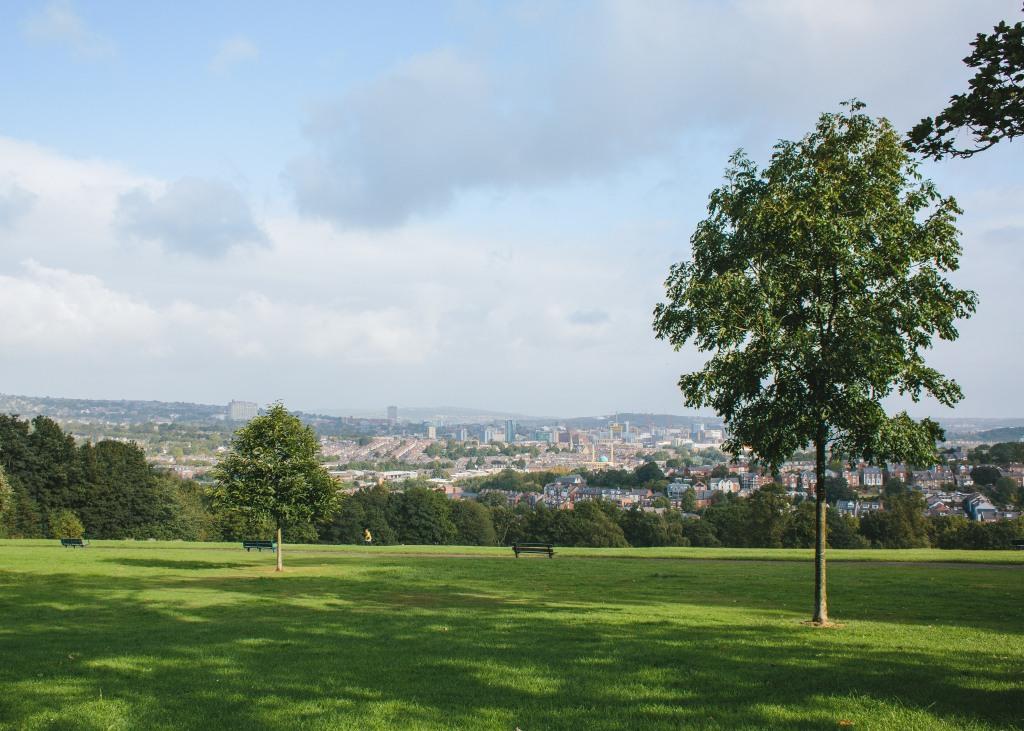
Are Tree Survey Reports Required For All Planning Applications?
31st May 2019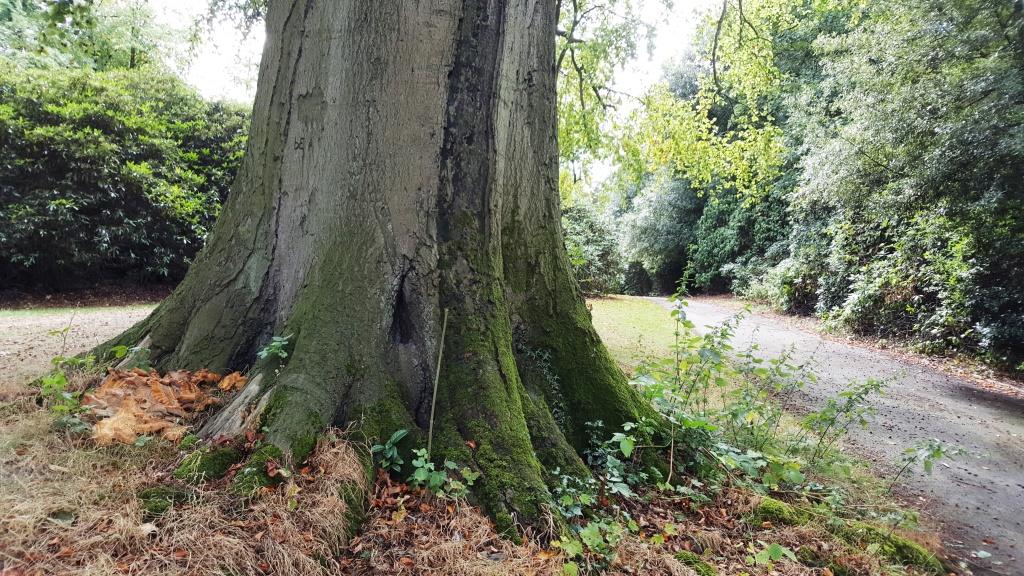
AWA Tree Consultants: Professional Tree Inspection in Staffordshire
5th July 2019Making Space for Trees in Leeds, with Green Streets
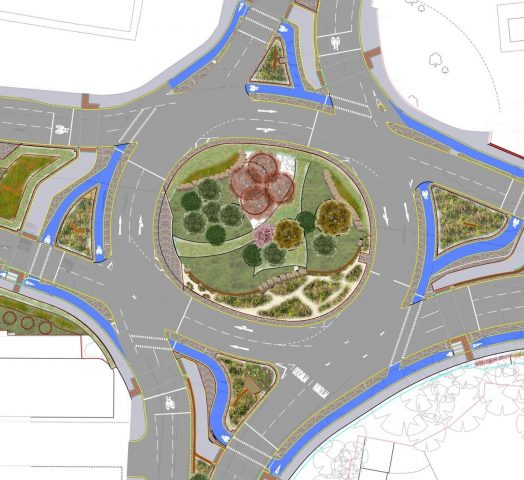
Leeds Urban Forestry
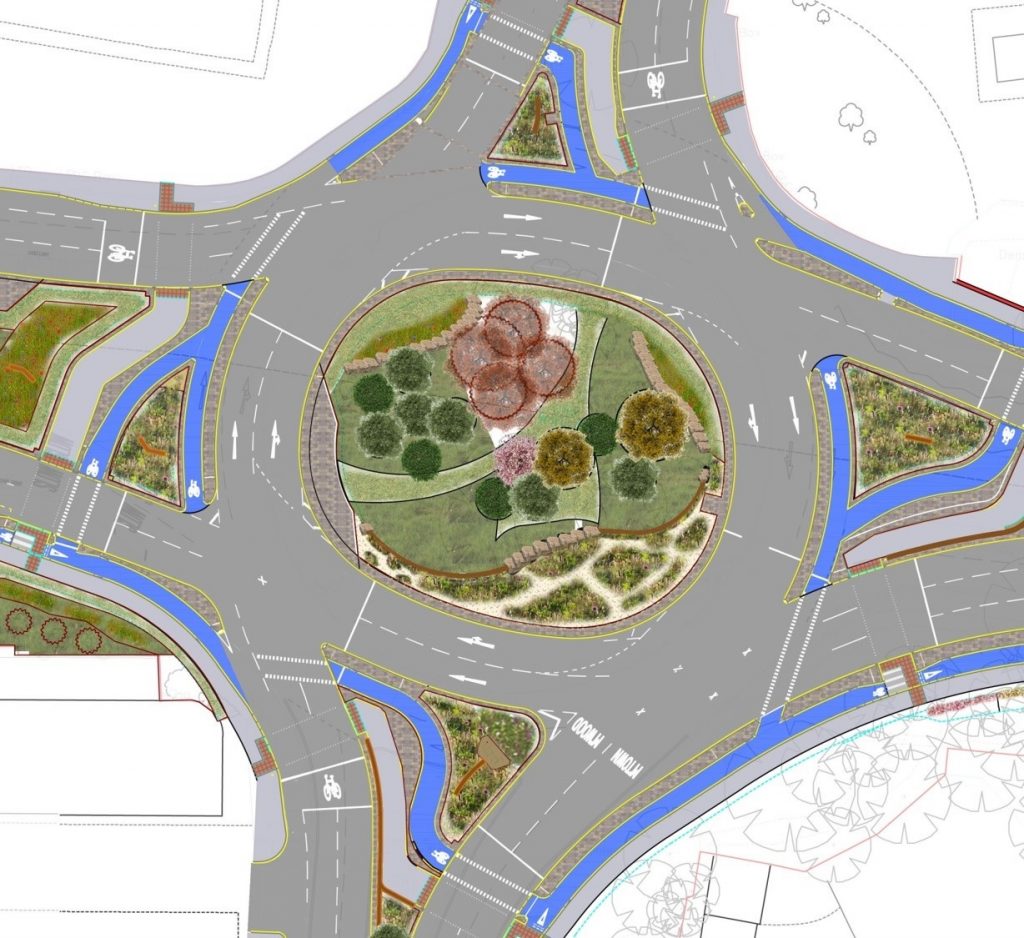
The team from AWA Tree Consultants recently attended Leeds Becket University for the Institute of Chartered Foresters 2019 North England Group event (in association with Green Blue Urban) – Green Streets: Making Space for Trees. It was a well-attended event with over 100 delegates present. Many of which were tree officers, arboricultural consultants, landscape and engineering professionals from the Yorkshire region and neighbouring Local Authorities, including Kirklees, Harrogate, Manchester, Amber Valley and Sheffield.
The day was chaired by Alan Simson, Professor of Landscape Architecture and Urban Forestry at Leeds Beckett University, who gave an overview and introduction to the concept of Green Streets.
Green Streets is based on establishing a multi-disciplinary approach to urban design from the outset of a project, to ensure that the benefits of green infrastructure, such as improved air quality, sustainable urban drainage, plus creating the setting for investment, are fully realised. This includes protection of existing trees and building in sustainable tree planting, plus naturalised SUDS and other green features, together with well-designed opportunities to encourage cycling and walking.
Specifically ‘Green Streets’ is a registered trademark of the Community Forests Trust and is the name of a collaboration between the West Yorkshire Combined Authority and the Yorkshire West Local Nature Partnership to integrate green blue infrastructure into the designs of West Yorkshire Transport Fund schemes and other city region investments to achieve multiple benefits and “good growth”.
The introduction included many inspirational examples of urban forestry in cities across Europe, which are using novel approaches in applying their own versions of ‘Green Street’ principles.
The next group of speakers made clear that the Leeds region has grand ambitions to join the list of ‘Green’ European cities. Each speaker provided examples of work that is currently being undertaken, or projects in development, in the Leeds area. These included: The A62 Improvement Package – Kirklees, Leeds Outer Ring Road Junction Improvements, East Leeds Orbital Route, and Leeds Public Transport Infrastructure Programme.
All the schemes had different issues, opportunities and constraints – yet all were being tackled with an innovative and forward-thinking approach in terms of urban trees. These examples highlighted the need for highway engineers and tree professionals to work closely and move away from the model of being on opposing sides of grey vs green infrastructure, to a model of challenging each other to find solutions to urban tree planting. The speakers used examples of bold decision making, such as reducing the width of car lanes – or removing them completely – to allow for new tree planting. While this may appear counter-intuitive when the aim is to include improved traffic flow – the use of robust evidence was key to justify the added value of space for trees, in terms of wider cost-benefit.
The subject of the cost-benefit of trees was covered in more depth from academics from Leeds University who discussed valuing urban trees. This included a recent project on the benefits of trees, largely in the form of carbon capture and sequestration, and new research looking at placing a value on trees – that developers will take seriously. Such evidence-based appraisal and evaluation of urban trees is crucial to inform decision making when it come to funding new projects. This type of robust scientific evidence has the potential to transform policy makers understanding of the environmental value of urban trees and improve our ability, as urban foresters, to help people understand and value the benefits of urban trees.
The final set of speakers highlighted products available in making Green Streets happen, to allow for the integration of quality Green and Blue Infrastructure within highway improvements. The speakers gave polished presentations on how the correct technical tree pits and sustainable drainage system software will ultimately lead to more trees flourishing where we need them – where people live – not shoved into a corner of a new development next to ‘bomb-crater’ attenuation ponds.
Overall it was a great event with a good mix of speakers. The inspirational examples of projects from the Leeds and Kirklees area– showed concrete examples of Green Streets Principles being put into practice. It was positive that the audience included so many other Local Authorities – so hopefully the concept of ‘Green-Streets’ will spread.
While it’s hard to see any positives from the Sheffield tree felling saga, it seems that one benefit is that other Local Authorities are now acutely aware of both the damage and benefit that urban forestry can bring to the ‘brand’ of a city. Neighbouring Local Authorities are now taking pro-active steps to ensure they are not perceived as ‘doing a Sheffield’.
As a Chartered Arboriculturist it was slightly surprising not to hear the word ‘arboriculture’ mentioned once throughout the day’s presentations; and the cynic in me may think ‘Green-Streets’ is perhaps yet another re-branding of ‘urban-forestry’ or ‘green infrastructure’ or even ‘street-trees’. That said, the concept does highlight the multiple-disciplinary nature of successful schemes and if the ‘Green-Streets’ principles gets urban trees in the ground and successfully managed, then all well and good.
The final call of the day encouraged us to be optimistic about the future of urban forestry. It’s clear Leeds intends to be an example of a city using best practice in ‘Green-Street’ principles – which should encourage all allied tree professionals to aim for better-than-best-practice urban forestry.


